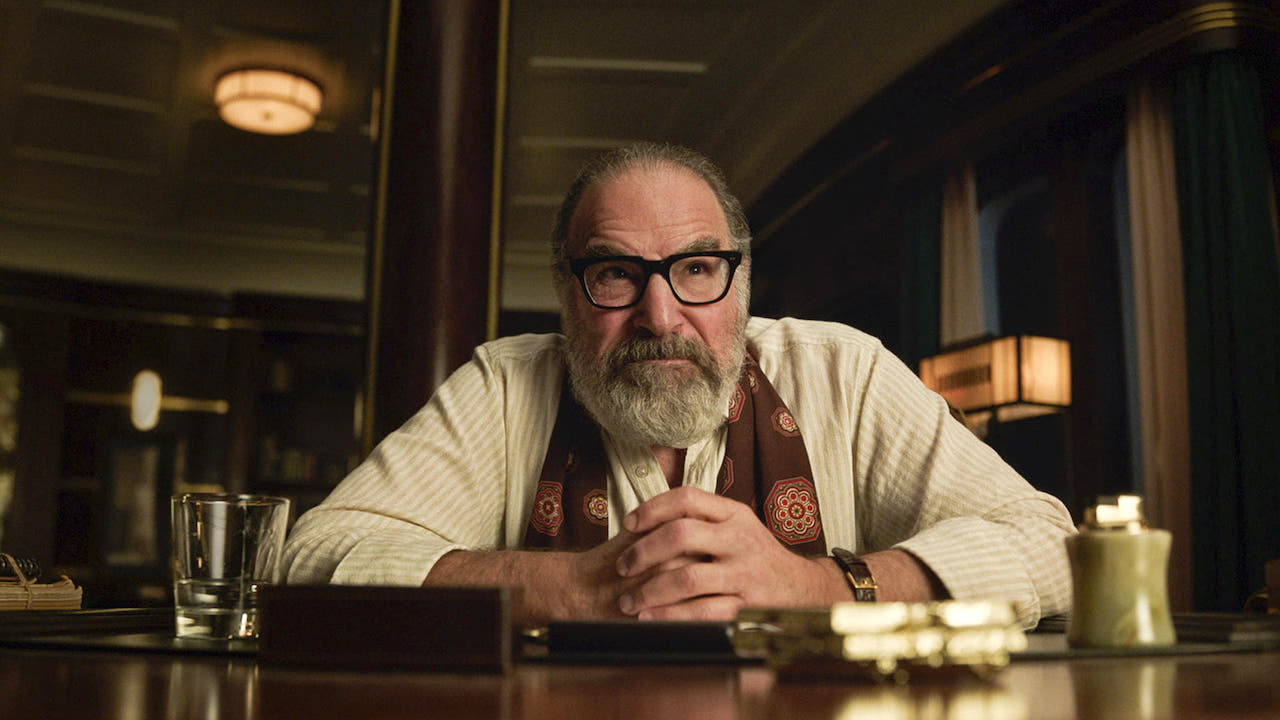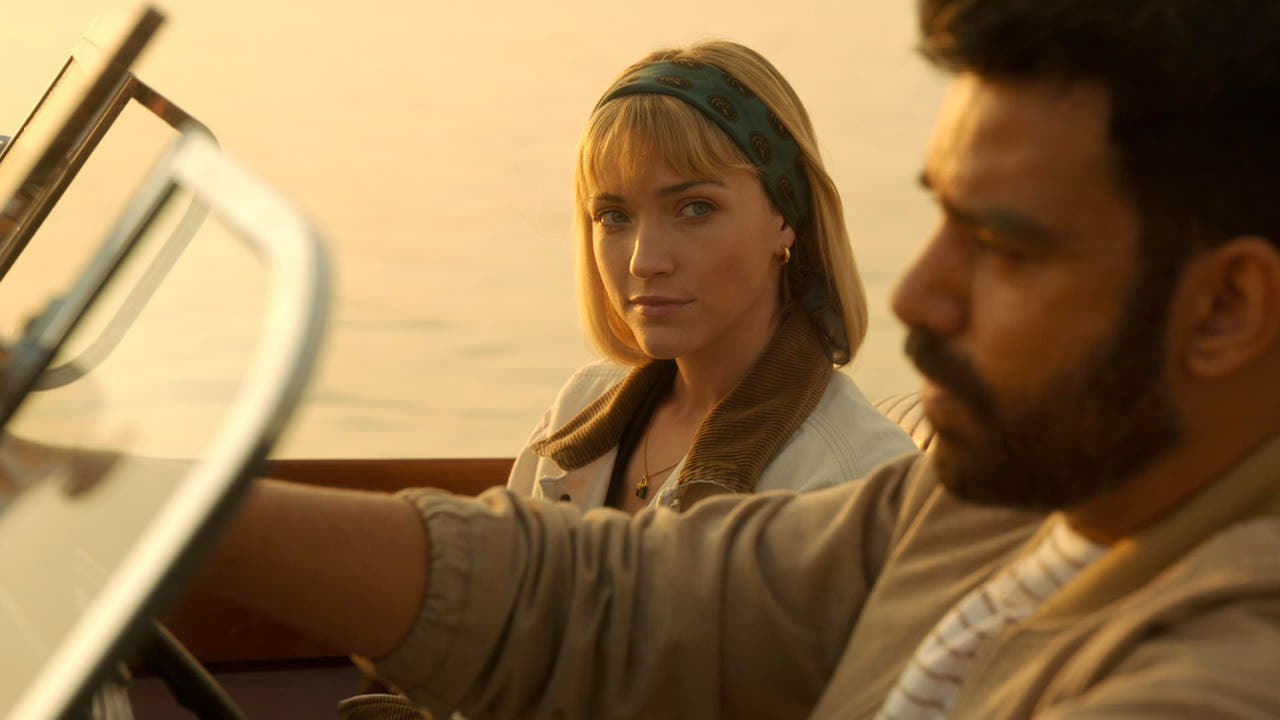Death and Other Details is less ‘whodunit’ and more ‘who cares?’

Failing to stand out amongst the recent glut of great murder mystery titles, new series Death and Other Details merely feels confusing and flat. Here’s Luke Buckmaster’s unimpressed review.
It becomes clear, pretty early into Death and Other Details, that the viewer has no chance of solving the case at the heart of it—a “locked room” murder mystery that takes place on a luxury ocean liner. This is true, to be fair, of almost every whodunit; the genre is more about showing off the craftiness of the writer rather than engaging the sleuthing potential of the audience.
The “howdunit” format (which includes Columbo and Poker Face) offers an interesting compromise. By showing the murder unfold at the very start, the mystery isn’t about what happened but how it will be solved, which empowers the detective, the writer and the viewer, in a meta-ish way—because we inevitably attempt to figure out how the case will be figured out.
Death and Other Details bangs on about the supposed greatness of Mandy Patinkin’s Rufus Cotesworth, who we’re told is the world’s greatest detective, although his career is in a bit of a rut. Luckily for him, he’s onboard the aforementioned vessel when a good ol’ fashioned murder takes place. The churlish and intemperate passenger Keith (Michael Gladis) is found dead in his room, a harpoon protruding from his gut. Why he was killed is an important question, which the writers are in no hurry to reveal.
There’s only one suspect: a thief, Imogene (Violett Beane), who snuck into Keith’s room at one point during the night. In this genre “prime and only suspect” generally means “they didn’t do it.” That’s the view taken by Cotesworth, who enlights Imogene as his ad-hoc assistant: she naturally wants to prove her innocence. The ocean liner was hired by the mega-wealthy Colliers, who are hoping to get an injection of funds from the also mega-wealthy Chuns, several members from each family on board. I’ll spare you a summary of all the key players: it’s a bloody long list, with too many to keep track of, including the boat’s various staff members. The first episode rolls out potential culprits like it’s nobody’s business.
More essential to the drama and interpersonal dynamics is the fact that Cotesworth and Imogen have met before. Many years ago, Cotesworth was hired by Imogen’s family to investigate who murdered her mother, but for various reasons he abandoned the case, which became his white whale—the one that got away.
The immediate mystery occupies the narrative foreground; in the background lies a tangled web of business allegiances, vested interests, betrayals, secret histories, a yada yada. It’s clear that creators Heidi Cole McAdams and Mike Weiss view this as rich and twisty dramatic scaffolding, but in fact, it’s bland and confusing, and removes us from the core mystery. And boy does that mystery drag on: this show should never have had a 10 episode arc (this review encompasses the first eight).
One its biggest problems is that none of the cast sizzle; nobody seems to bring their A-game. I like aspects of Patinkin’s performance: how he responds to new developments like an unsettled professor, mentally computing things in a slightly flummoxed manner, perhaps also grappling with an unusually high dosage of vitamin D. But he’s also gawky and stiff-limbed, and lacks theatricality. And Violett Beane is cold and unlikable as Imogene; I didn’t care whether she was blamed for the murder or not.
Some gravitas and charm from the supporting cast would’ve gone a long way, but there’s only flecks of it here and there. The dialogue doesn’t make things easy on the actors: sometimes it’s quite on-the-nose, and often it feels flat, like conversational filler.

Aesthetically the show lacks oomph, the directors seemingly assuming that audiences will be taken in by the sight of rich people on holiday, a la The White Lotus. But one recurring embellishment does give Death and Other Details some notes of visual flavour: a technique, similar to the kind recently used in The Flight Attendant, whereby characters are removed from the present moment and placed in the past, observing their own memories or other people’s, cheating the laws of the universe, entering a kind of hypnagogic half-reality.
This ramps up in the seventh episode but is used intermittently throughout. It’s never great, but it’s always pretty good, and at least pushes the directors (Yangzom Brauen, Dinh Thai, David Petrarca, Alrick Riley and Marc Webb) towards a quasi-experimental space. Eventually I found myself relishing this sequences, given there’s so little else to hold onto. You won’t be able to solve the mystery—and after a while, you might not even care.


















